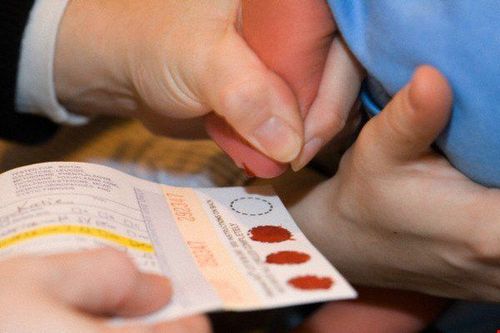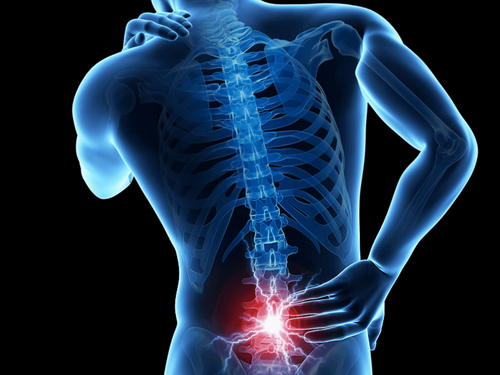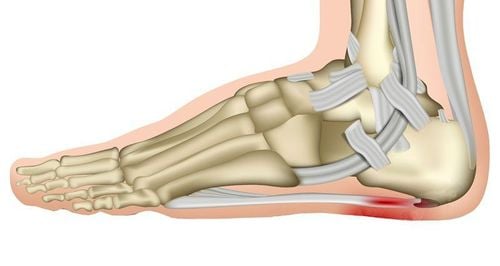Nội dung bạn đang tìm kiếm không có phiên bản tiếng Việt.
Vui lòng chọn tiếp tục để xem nội dung tiếng Anh hoặc đi đến trang chủ Tiếng Việt.
Rất xin lỗi về sự bất tiện này.

Home
Tag Swollen fontanel
Articles in Swollen fontanel

Bulging fontanelles in babies: What you need to know
The newborn fontanelle is divided into two parts: the anterior fontanelle and the posterior fontanelle. Although it occupies only a small area on the body, changes in the fontanelle reflect the child's physical condition. When touching the head of a few-month-old baby, parents will feel a soft spot in the beak area, slightly pulsating, called a bulging fontanelle.
Xem thêm

When does an infant's anterior fontanel close?
The anterior fontanel is an anatomical structure in infants and young children. If the anterior fontanel closes too early or too late, it is an abnormality in the child's development.
Xem thêm

Baby fontanel bulge: When is it abnormal?
Although the baby's fontanelle only occupies a small area on the body, changes in the fontanelle reflect the baby's physical condition. When a baby is born, there are two fontanelles on the baby's head: the anterior fontanelle and the posterior fontanelle.
Xem thêm

Ultrasound of the fontanelle in children
Fontanel ultrasound is a safe and painless test that uses ultrasound waves to create images of the brain. Fontanel ultrasound is only performed on infants under 6 months of age, whose skull bones are not fully developed and whose skull sutures have not yet fused.
Xem thêm

Role and indications of transfocal ultrasound in neonates
Transfontanelle ultrasound in newborns is an imaging technique that helps diagnose a number of diseases effectively. In particular, transfontanelle ultrasound is very safe and does not affect the newborn's body.
Xem thêm

Diagnosing the disease through the change of fontanelle in children
Fontanels and sutures help the skull increase in volume as the baby's brain develops. In addition, changes in the baby's fontanel, such as bulging or sunken fontanels, are also signs of some dangerous diseases. Some of these diseases can be life-threatening.
Xem thêm

Screening for galactose metabolism disorder in infants
Galactose metabolism disorder is an autosomal recessive genetic disease that can cause death in children if treated late. Therefore, the disease needs to be detected early and treated immediately after birth to ensure the safety of the child.
Xem thêm

Neonatal seizure disorder
Neonatal seizure disorders often manifest in a variety of ways but are not very obvious and difficult to detect. Although the signs are small, in newborns, seizure disorders can be caused by many pathological factors.
Xem thêm













